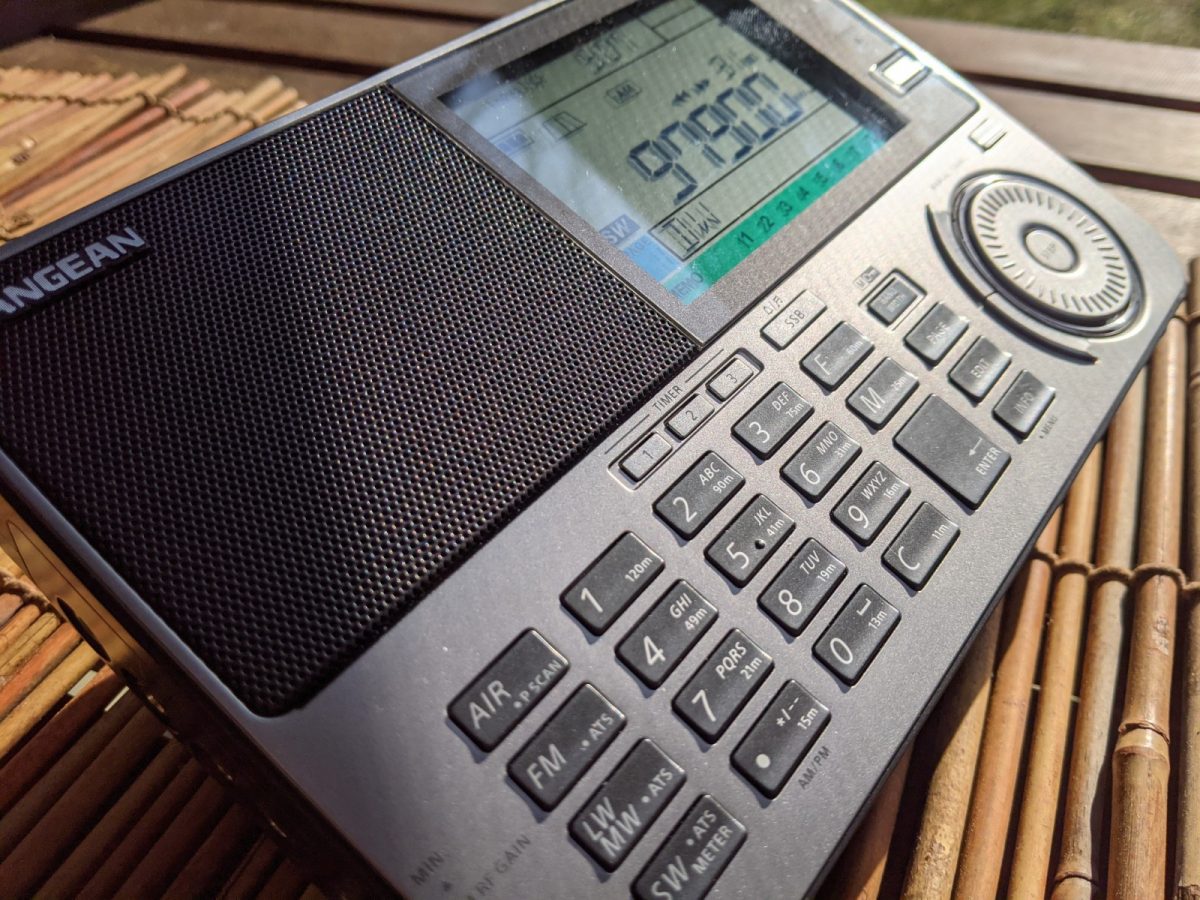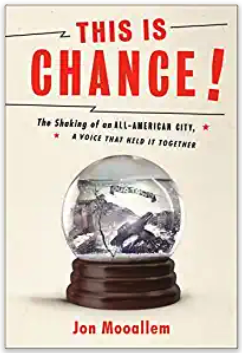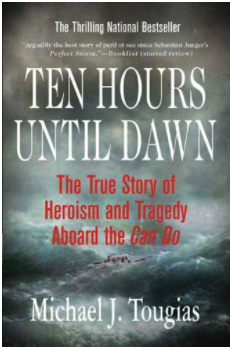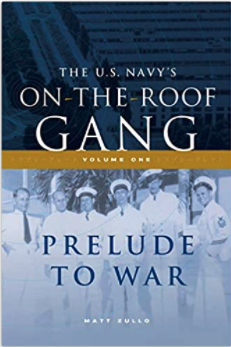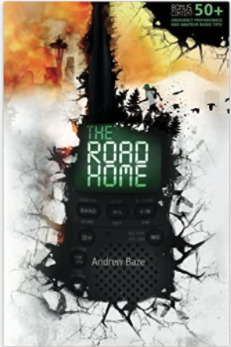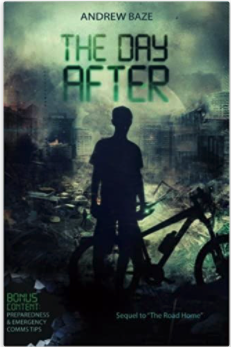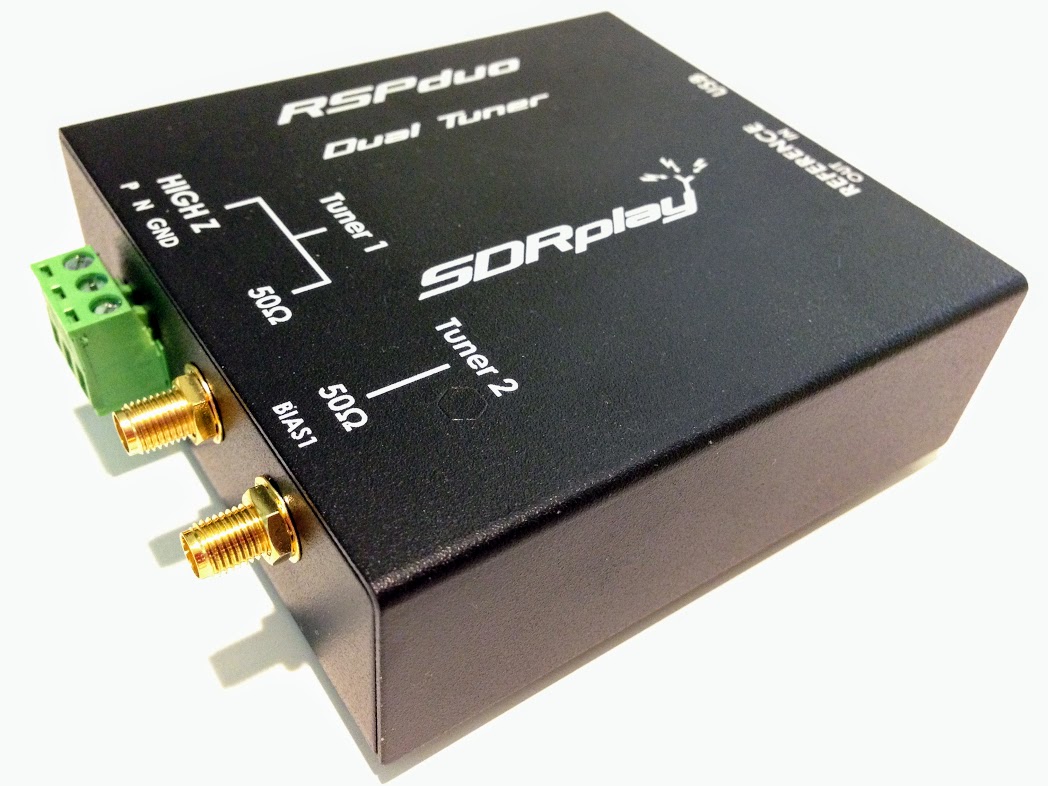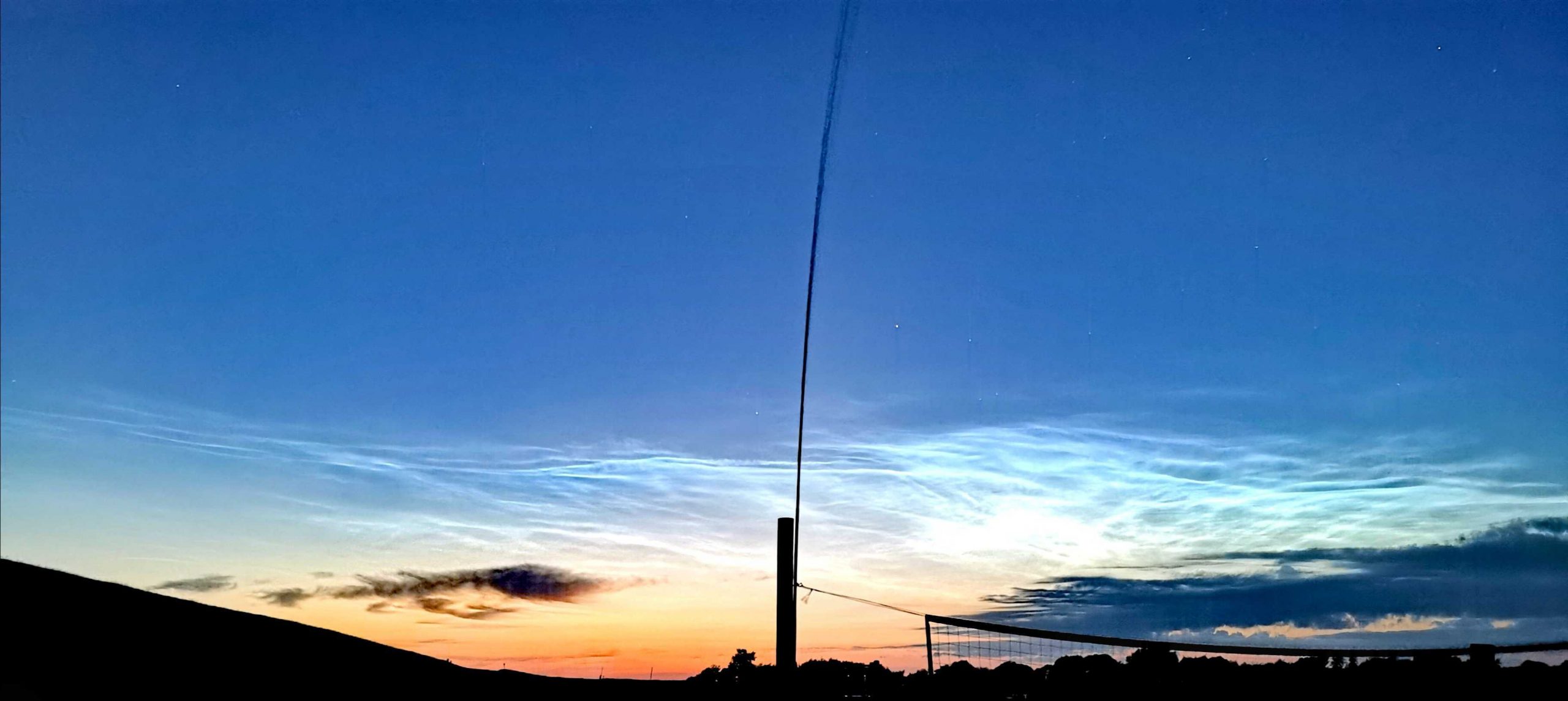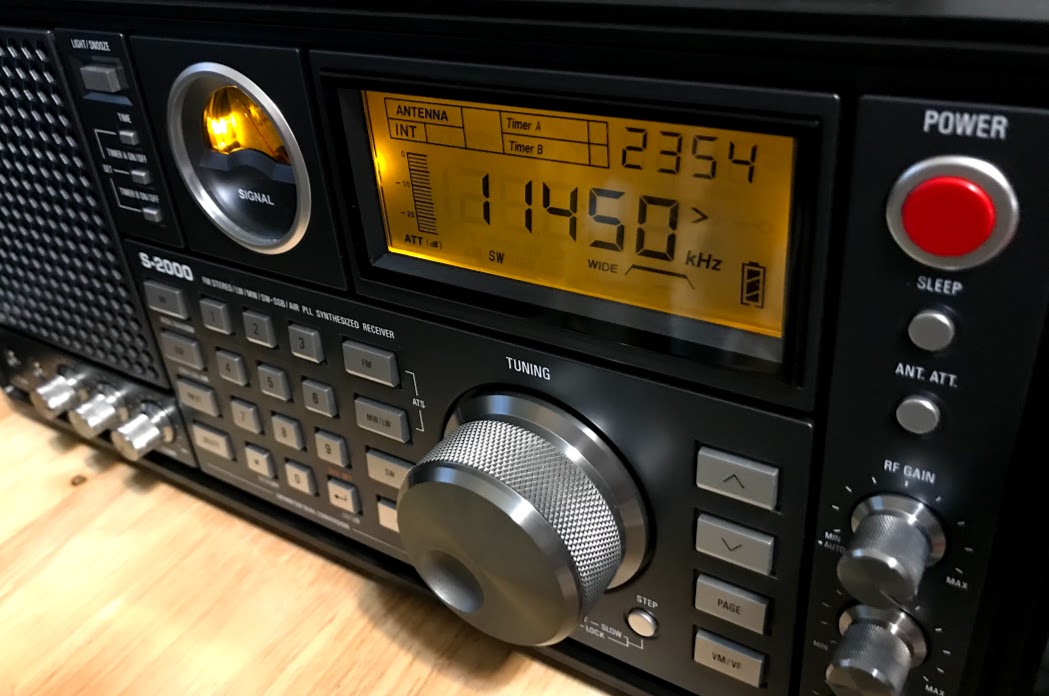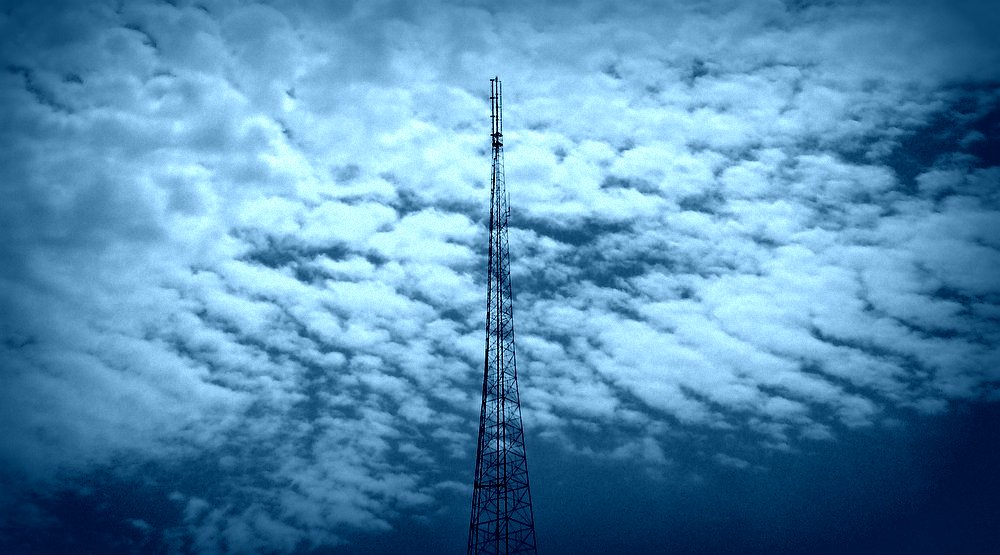Radio Waves: Stories Making Waves in the World of Radio
Because I keep my ear to the waves, as well as receive many tips from others who do the same, I find myself privy to radio-related stories that might interest SWLing Post readers. To that end: Welcome to the SWLing Post’s Radio Waves, a collection of links to interesting stories making waves in the world of radio. Enjoy!
Many thanks to SWLing Post contributors Skip Arey, Mike Hansgen, and David Iurescia for the following tips:
Nobody cares about DAB radio – so let’s force it onto smart speakers, suggests UK govt review (The Register)
Britain’s anti Amazon and Google war gets a second front
The UK may require smart speakers such as Amazon Echo and Google Home devices to broadcast UK DAB radio stations, over government fears that Brits aren’t consuming enough of the unloved radio tech.
Under the guise of “protecting UK radio stations’ accessibility” the Department for Culture, Media and Sport (DCMS) has published a report calling for smart speakers to rebroadcast domestic radio stations’ output. The recommendation is as follows:
The government to consider regulatory changes to ensure radio stations and radio and audio content can be easily found and is discoverable by users of voice assistant platforms, including smart speakers and in-car infotainment systems.
The call, made in the Ministry of Fun’s Digital Radio and Audio Review, was backed by national broadcaster the BBC and commercial radio groups.
The same report found that 64 per cent of audio on smart speakers is live radio, though smart speaker users make up around 6 per cent of radio listeners at present. Nonetheless, DCMS called for governmental action to enforce the provision of something that’s already provided.
Media minister Julia Lopez said in a canned statement: “We must make sure this treasured medium continues to reach audiences as listening shifts to new technologies and that we have a gradual transition away from FM to protect elderly listeners and those in remote areas.” [Continue reading…]
Interested in getting a U.S. Amateur Radio license? (David Sarnoff Radio Club)
Earlier this year, the IEEE Princeton / Central Jersey Section’s Broadcast Technology Chapter (IEEE PCJS BT) received a generous grant to provide mentoring and equipment that encourages understanding of digital and analog aspects of radio communication, through hands-on activities and explorations. Over the next 2 years, our Make Operating Radio Easier (MORE) Project will be training 500 new U.S. Amateur Radio (“Ham”) operators in small (10 to 15 person) groups. We are especially seeking youth (ages 12-18) and non-males to help increase the demographics for these underrepresented groups on the air, but are currently accepting applicants of all ages (12+) and all genders.
Class sessions are primarily virtual (via Zoom) but may be arranged to be on-site if there is sufficient interest by a school, club or organization (as allowed, given the ongoing health situation). Virtual or in-person FCC amateur license testing sessions will also be arranged (throughout the USA) by our ARRL-certified MORE Project Volunteer Examiner (VE) team. There is no charge for the classes, and ALL testing and licensing fees for participants in the MORE Project are covered by our grant. Trainees in our program will also receive (paid by the MORE Project) a Software Defined Radio USB dongle, a pre-assembled 25-foot longwire receiving antenna, and (after successfully licensing) a hand-held Yaesu 2 Meter (HT) radio. The MORE Project course will provide instruction in the use of this equipment and assistance in Getting On The Air (GOTA) to make radio contacts.
Additional information about the MORE Project, including how to register for a training course, is at n2re.org/m-o-r-e-project and in our IEEE PCJS Call for Participation flyer. Questions should be directed to Dr. Rebecca Mercuri K3RPM at [email protected].
Our Sun is About to Get Busy | Solar Storm Forecast 10.25.2021 (Tamitha Skove)
RTI’s German-language special program garners thousands of responses (RTI)
During the third quarter of every year, Radio Taiwan International (RTI) broadcasts a special one-hour radio program via shortwave directly to German-speaking countries. The programs were transmitted over four weekends between July and August. Usually, RTI’s German programs are relayed through Bulgaria.
This year, thanks to conducive weather conditions and precise engineering, RTI’s signal was stronger than in prior years. In response to the program, listeners from 33 countries sent over a thousand reception reports confirming they received the broadcast. According to RTI, it received a record number of reports.
Radio Taiwan International President Chang Cheng says that even though most of the station’s programs are available online, there is still a significant community of people that prefers listening to shortwave radio.
This year, listeners who sent in a reception report for the special one-hour broadcast will receive a limited edition RTI QSL card featuring Taiwan’s iconic Formosan Blue Magpie. RTI says that it is still in the process of responding to all of the listening reports it received.
Do you enjoy the SWLing Post?
Please consider supporting us via Patreon or our Coffee Fund!
Your support makes articles like this one possible. Thank you!

